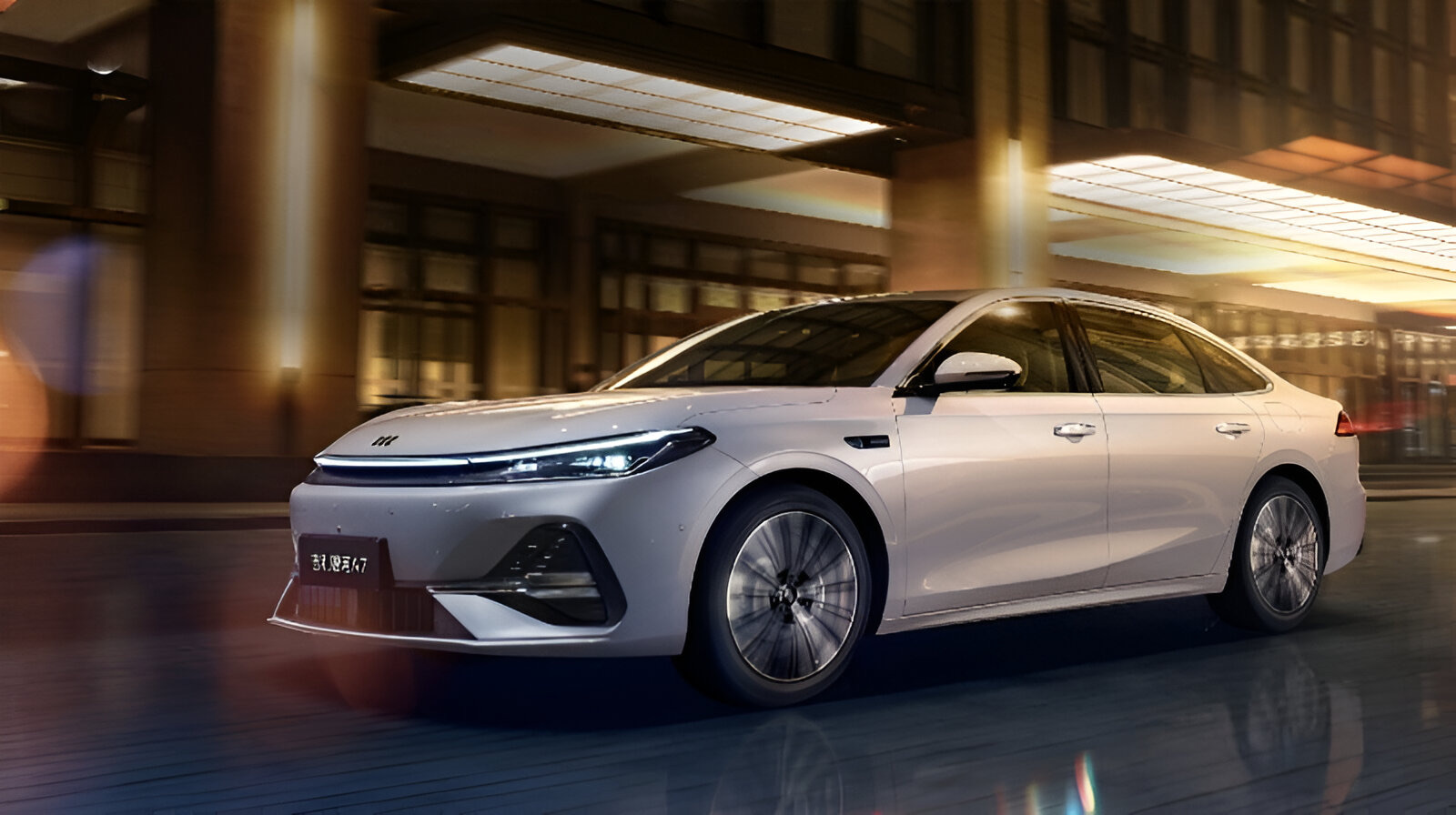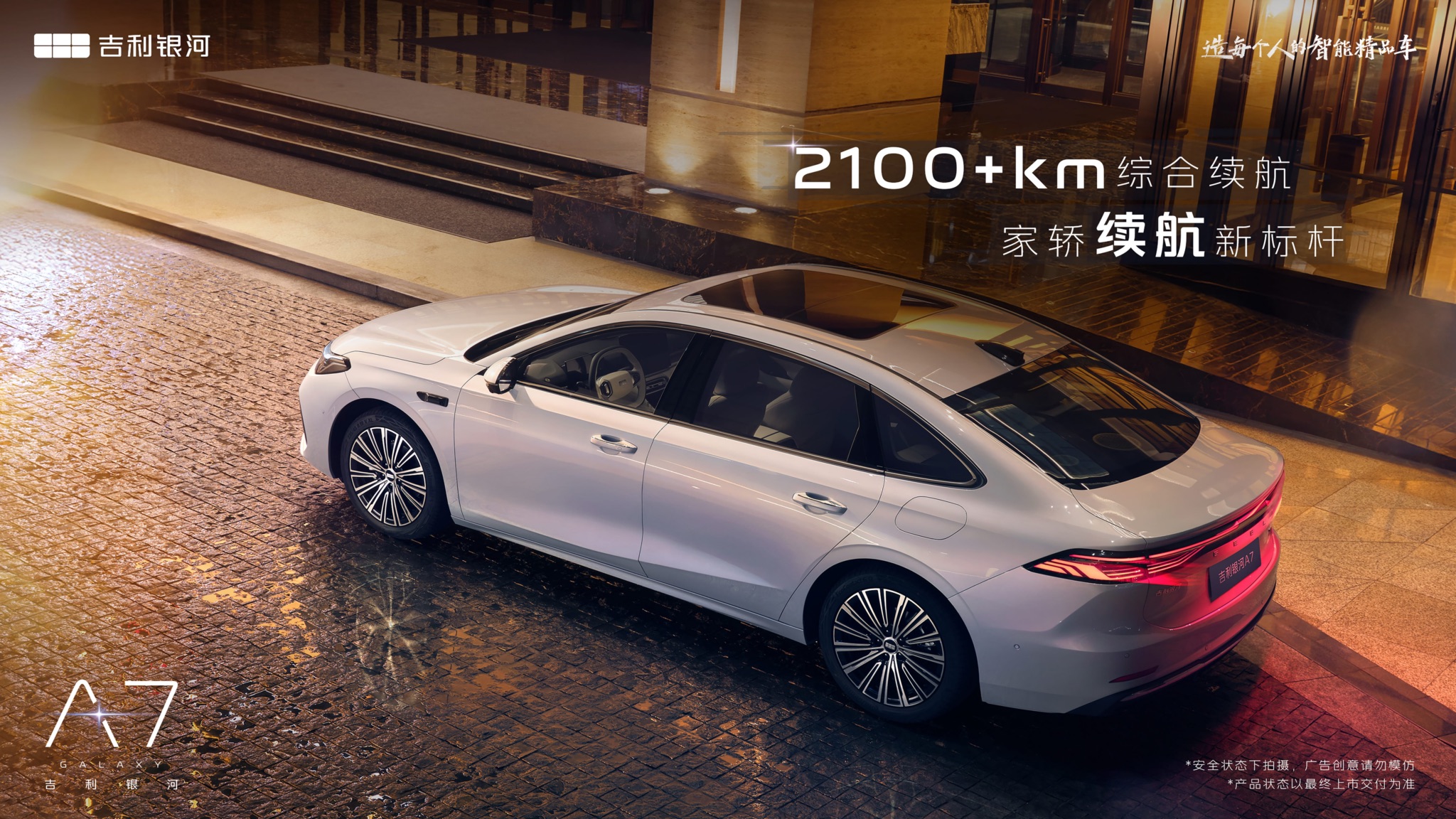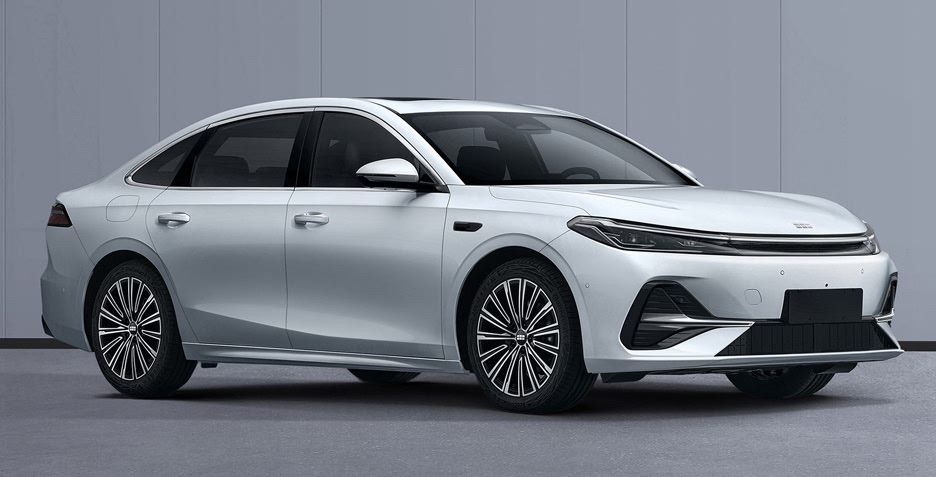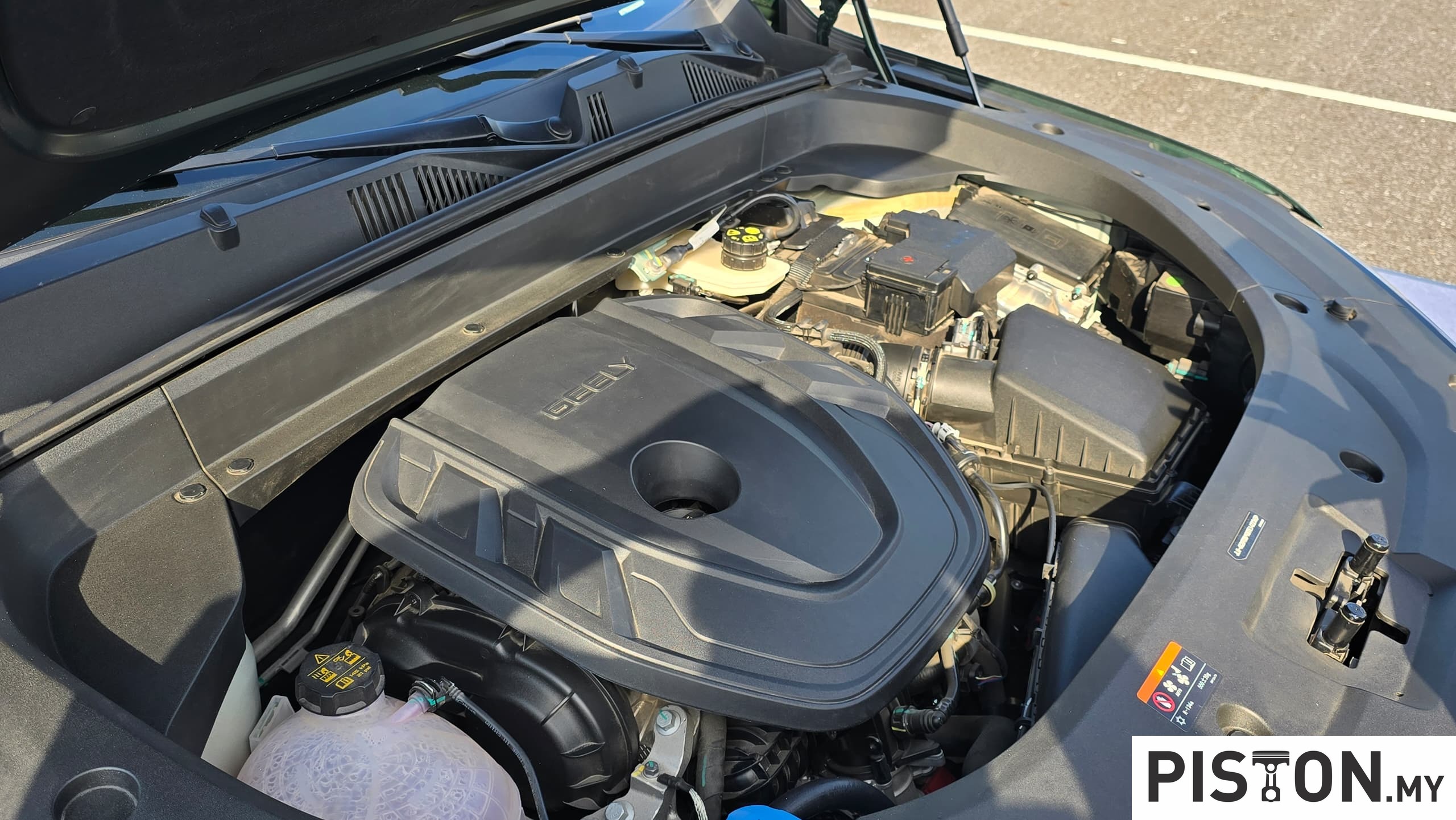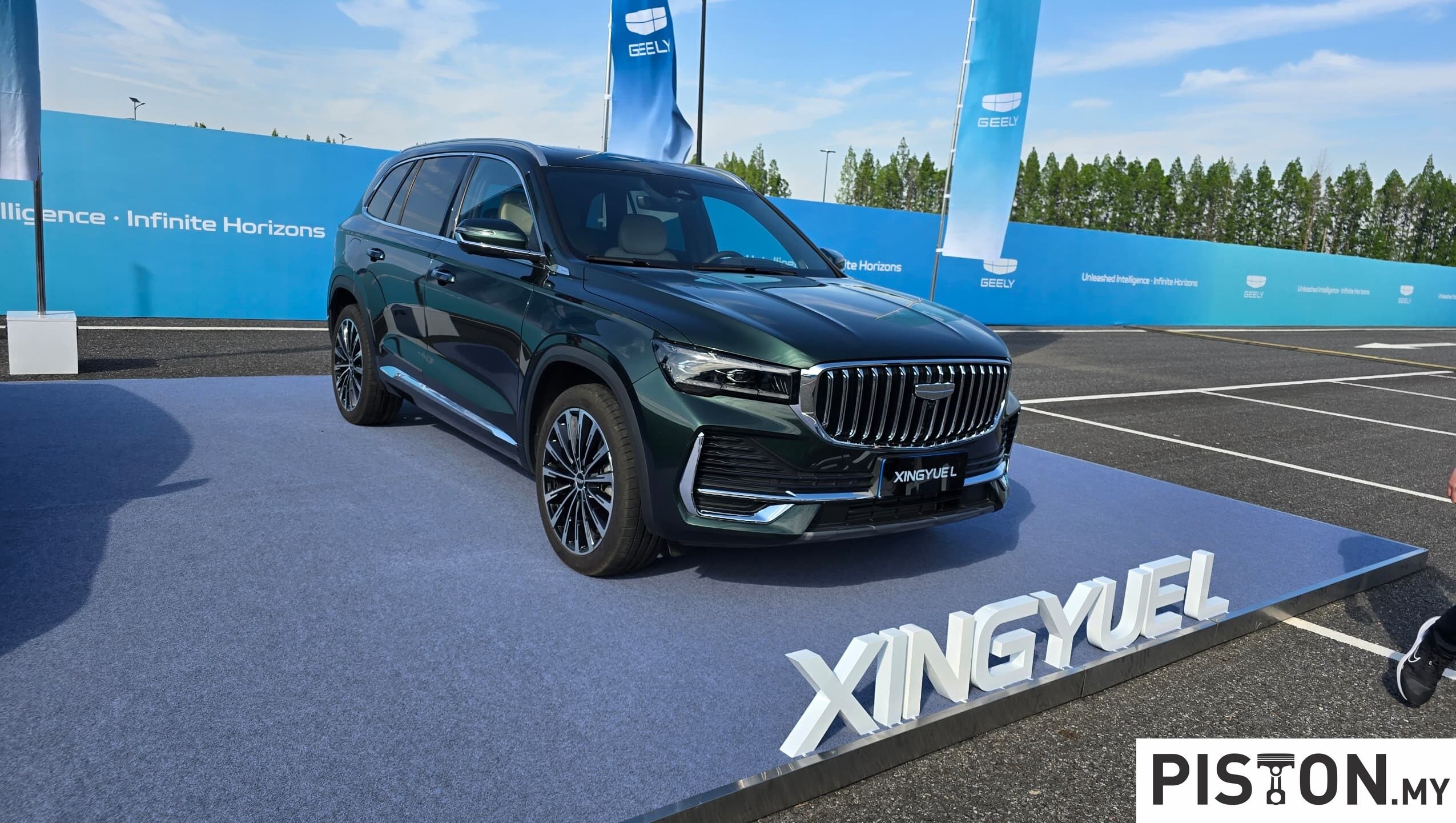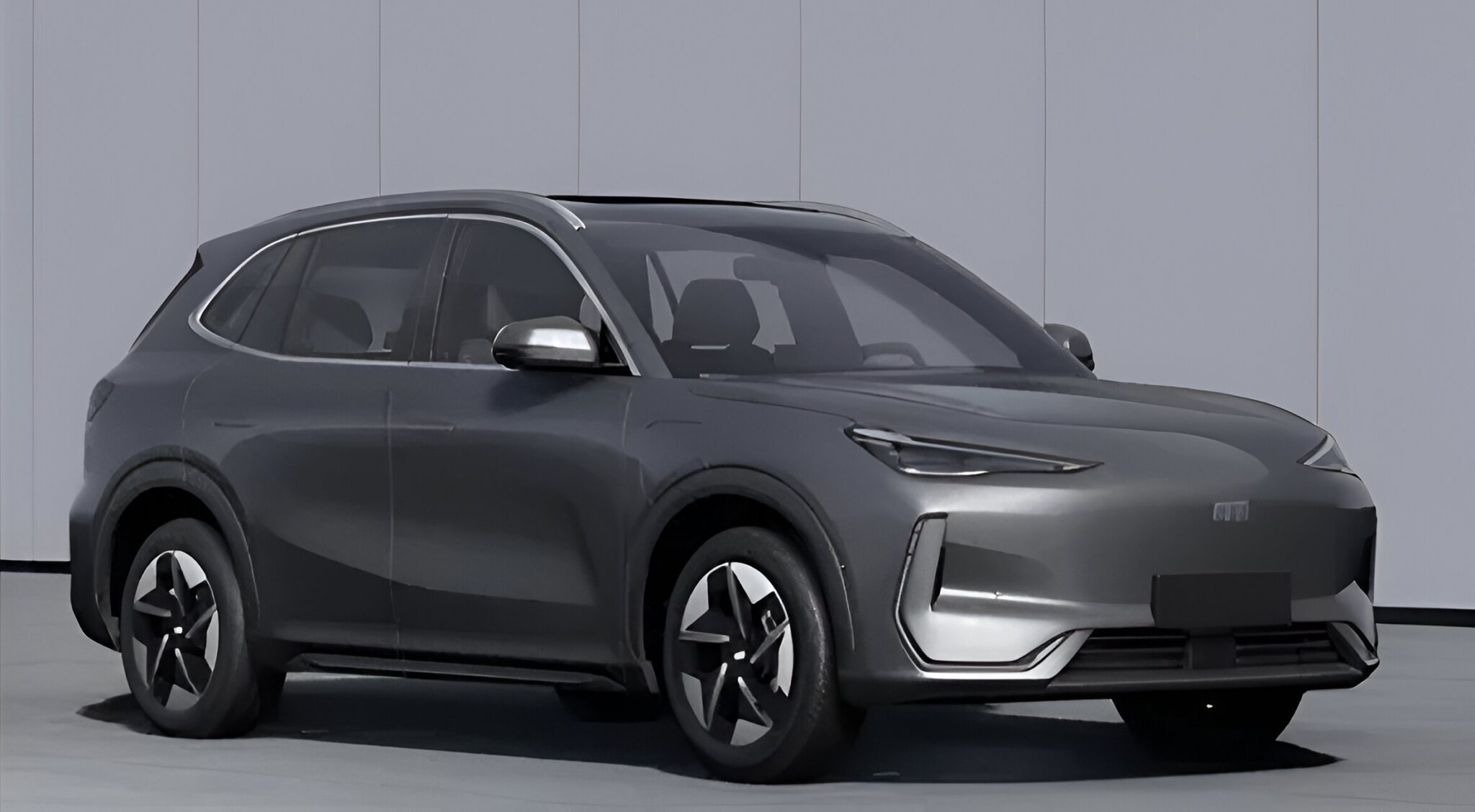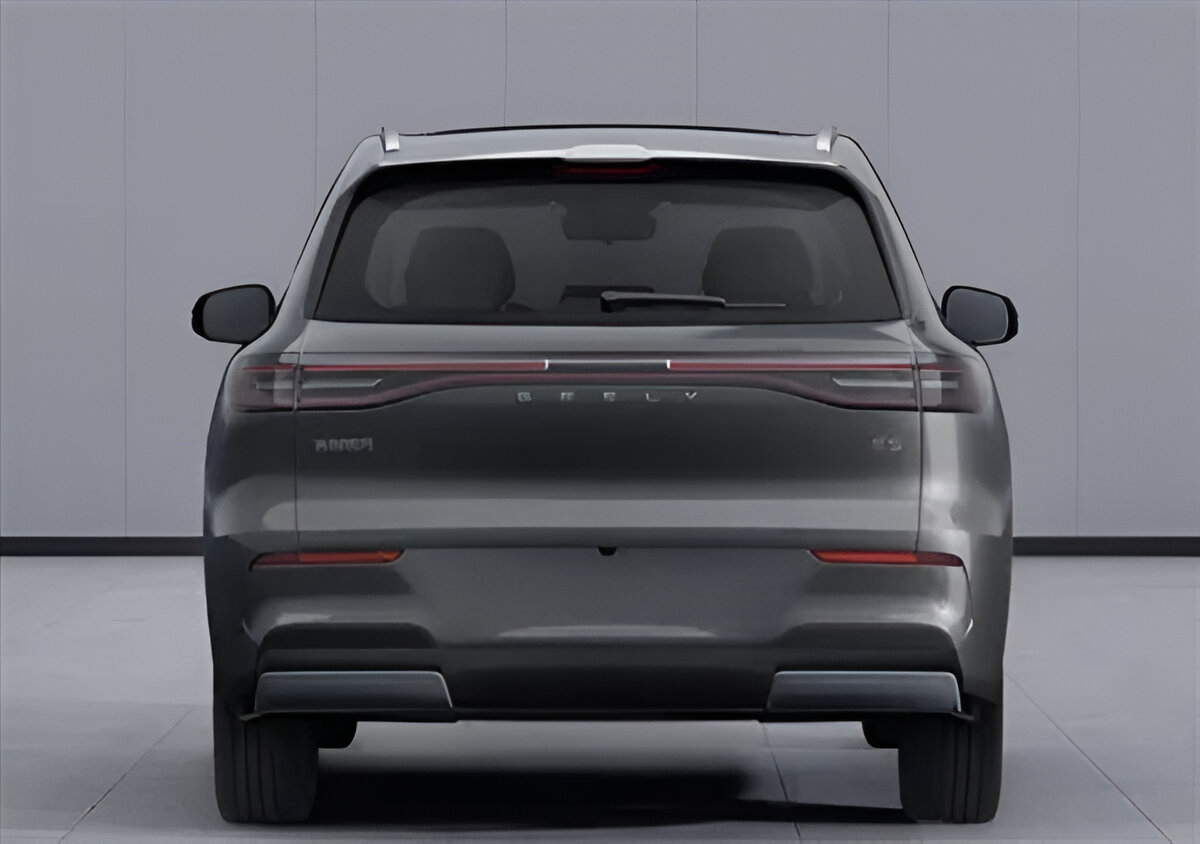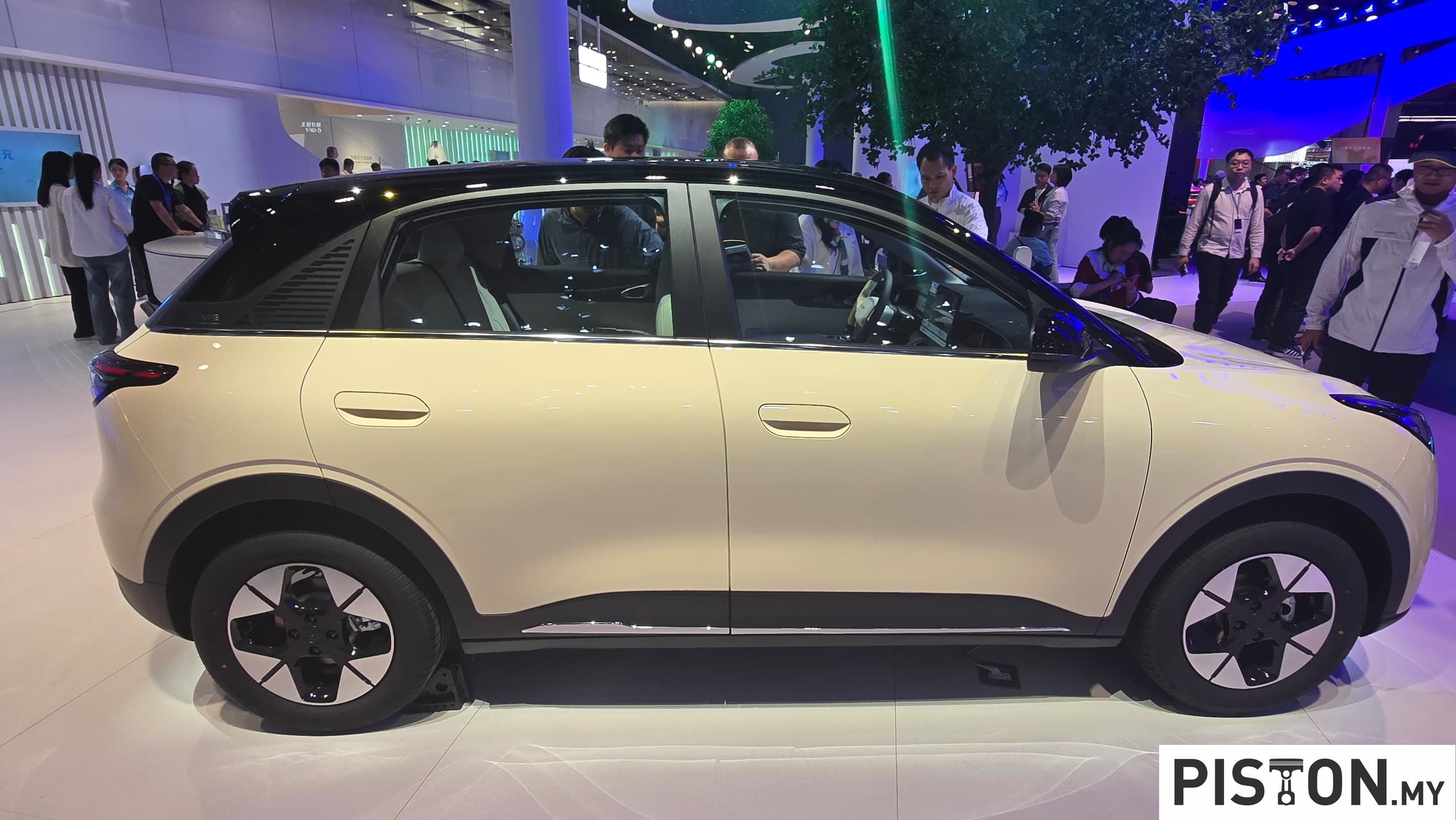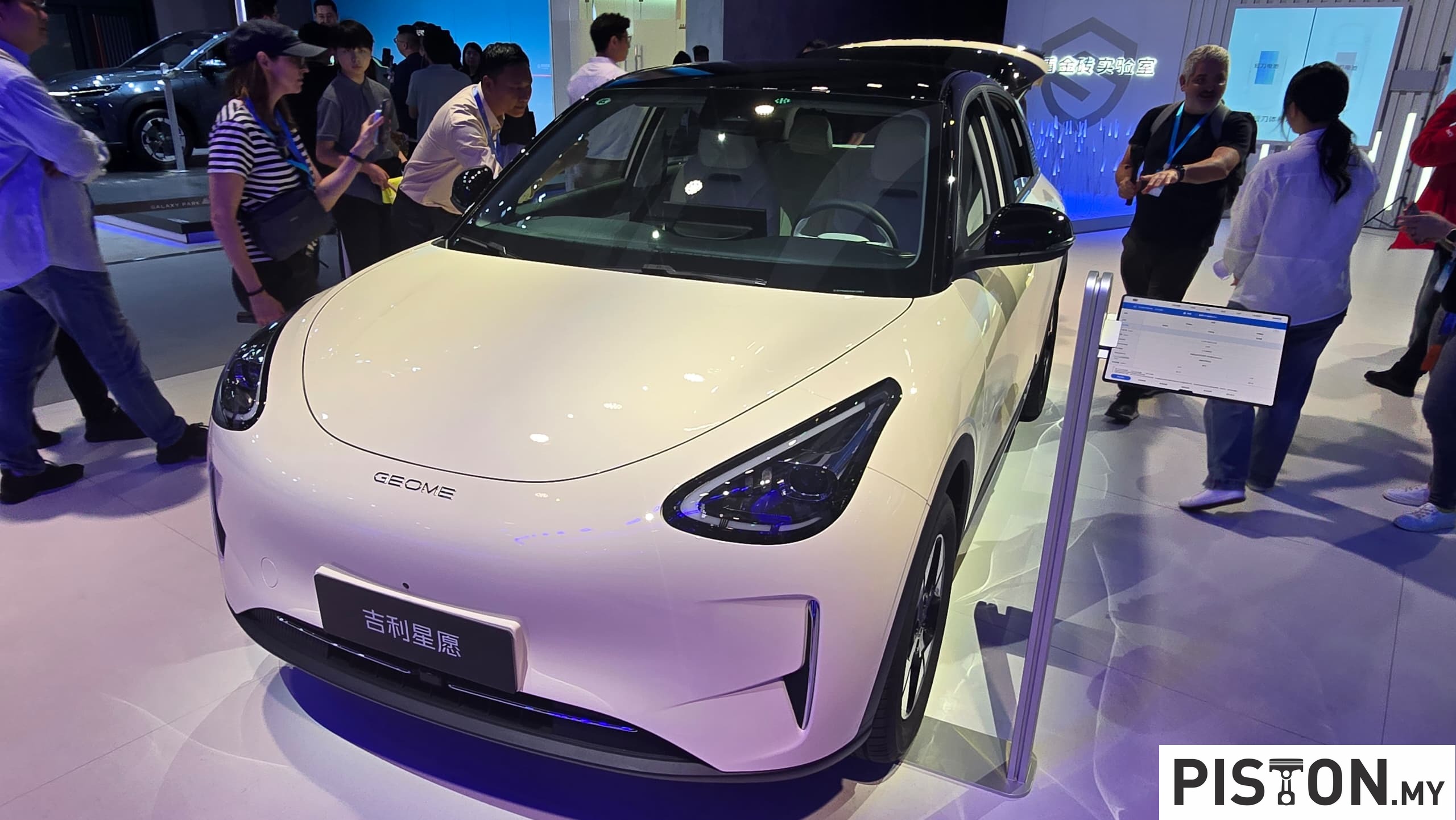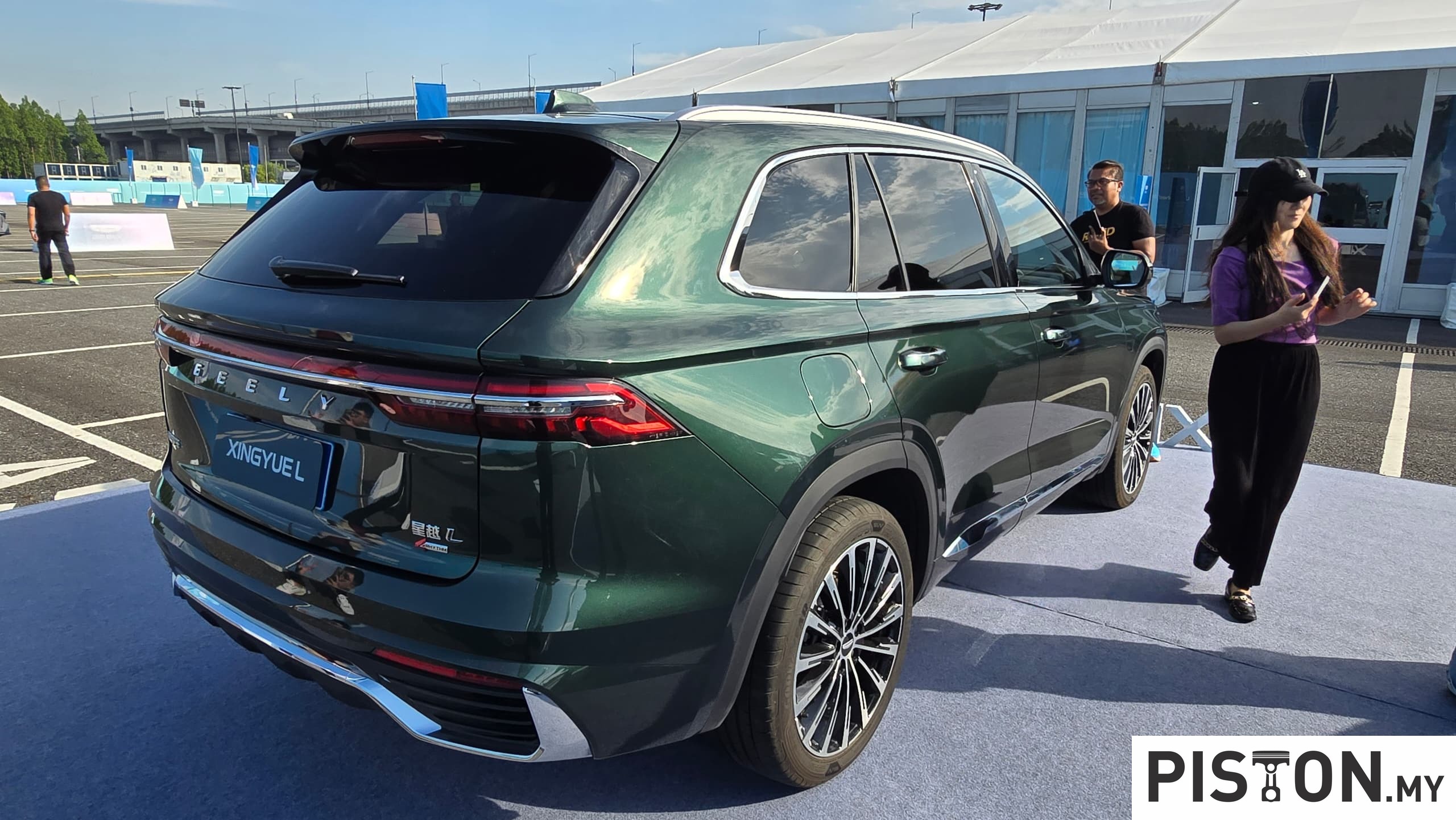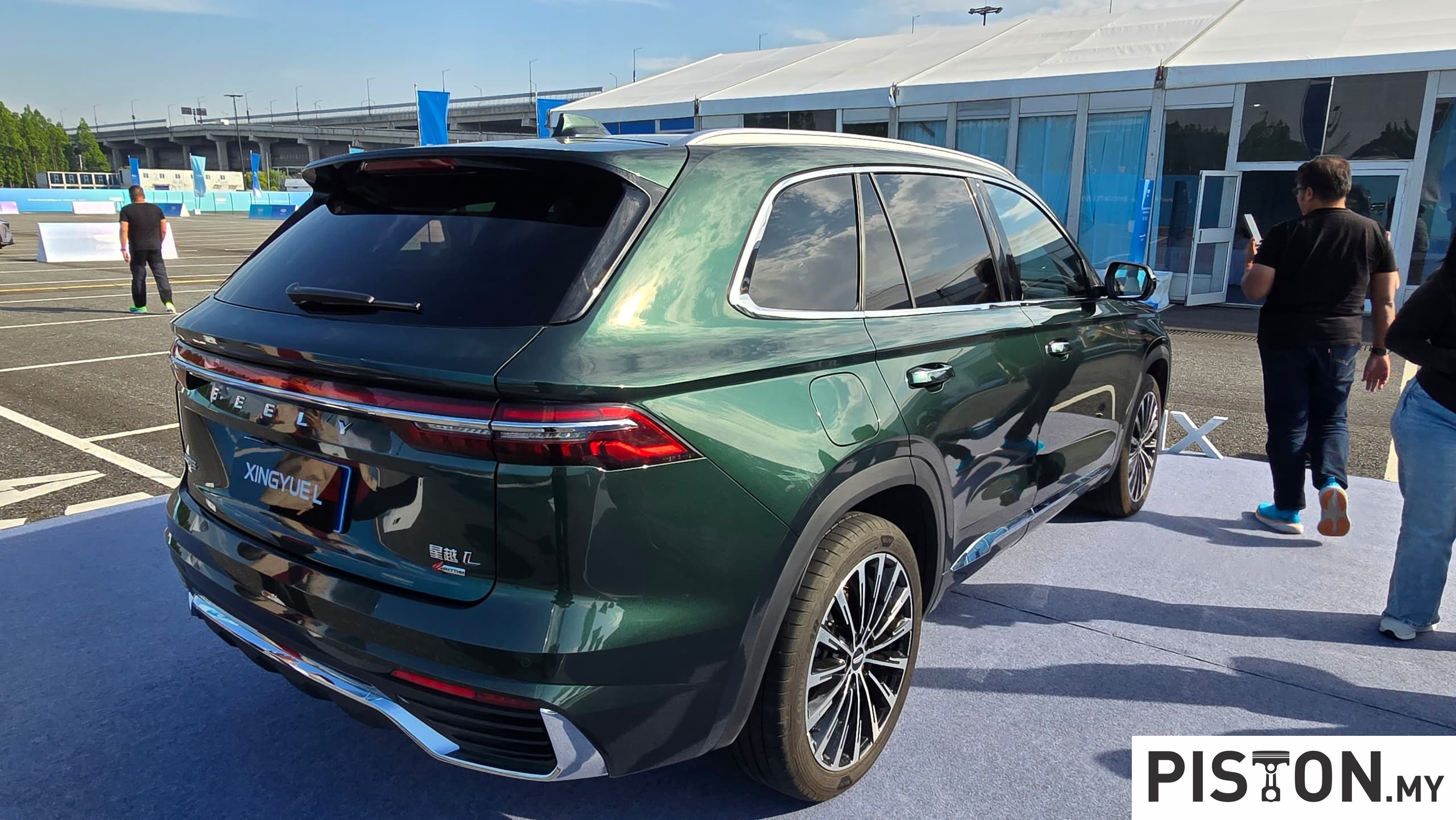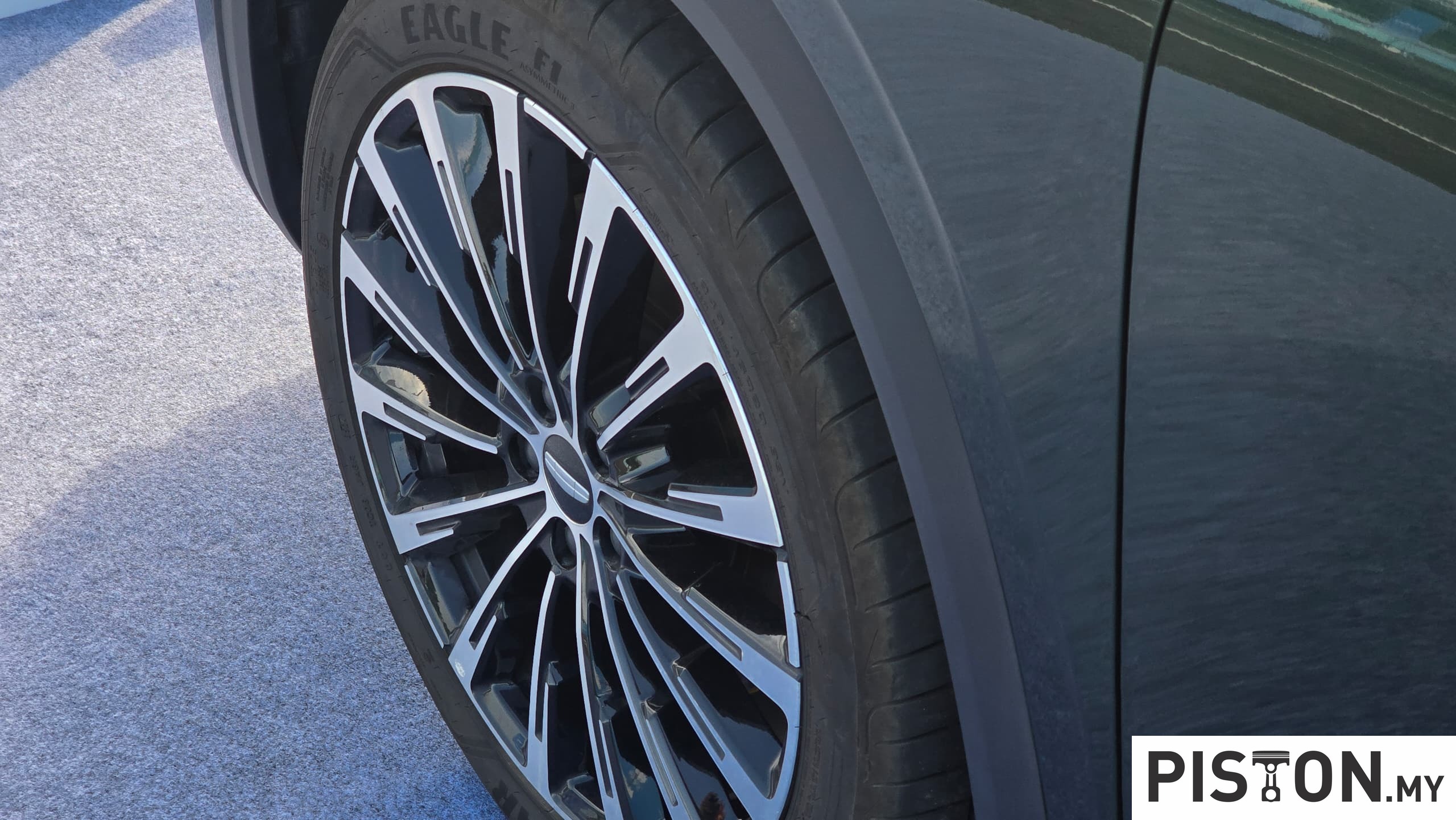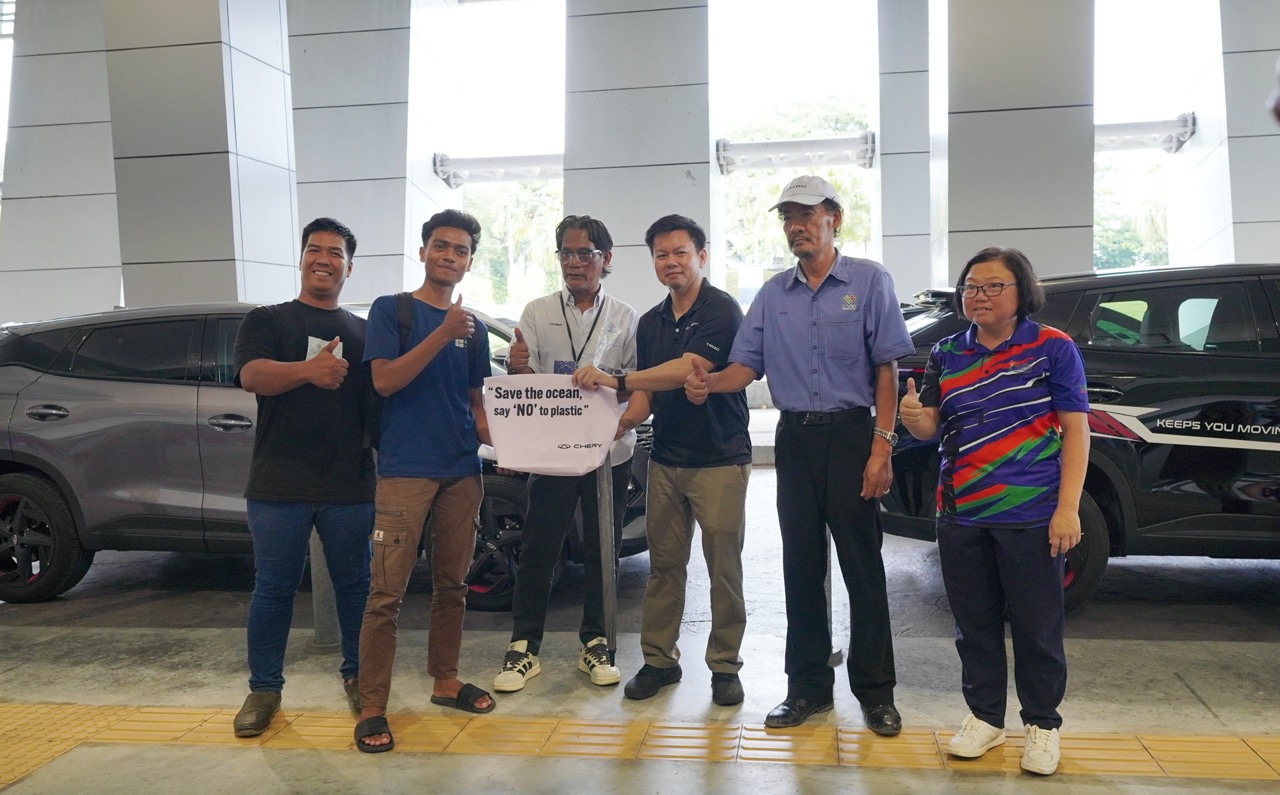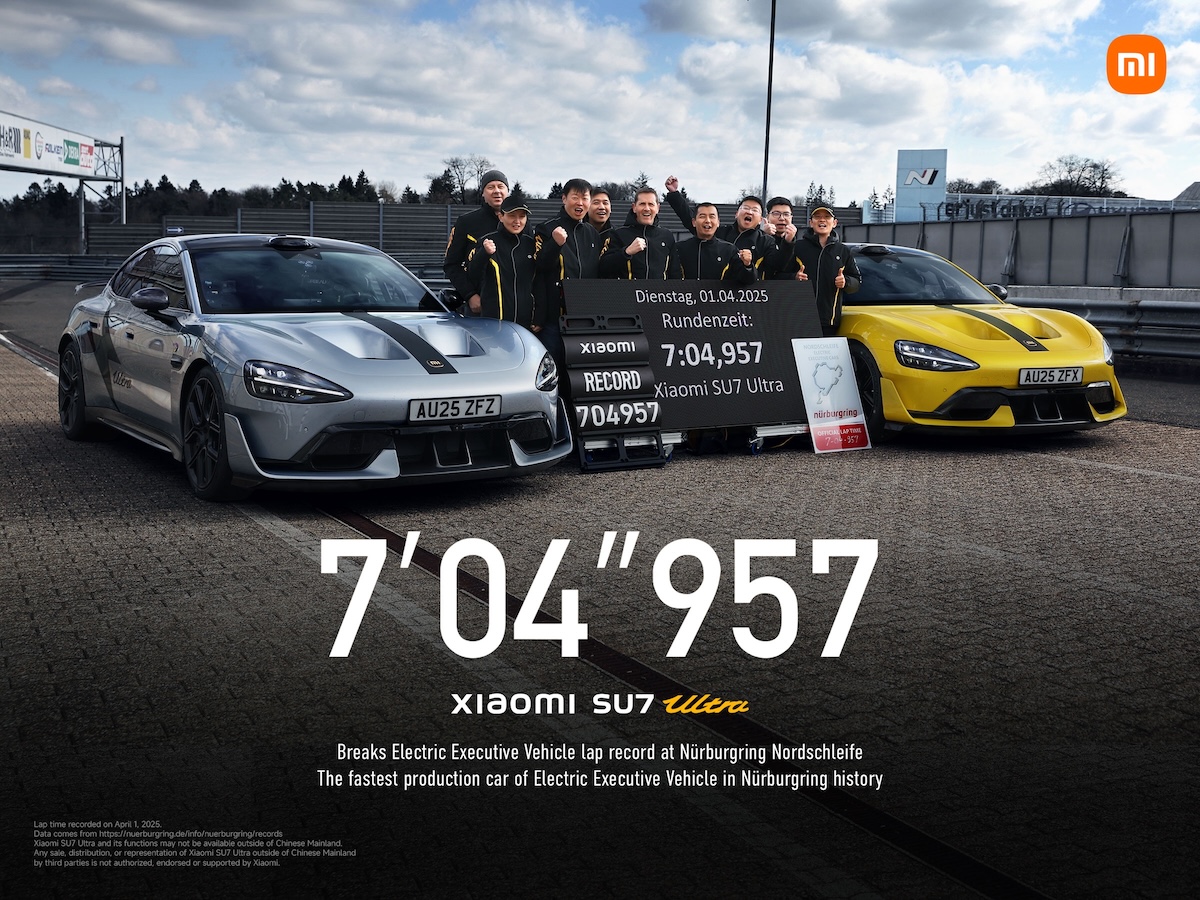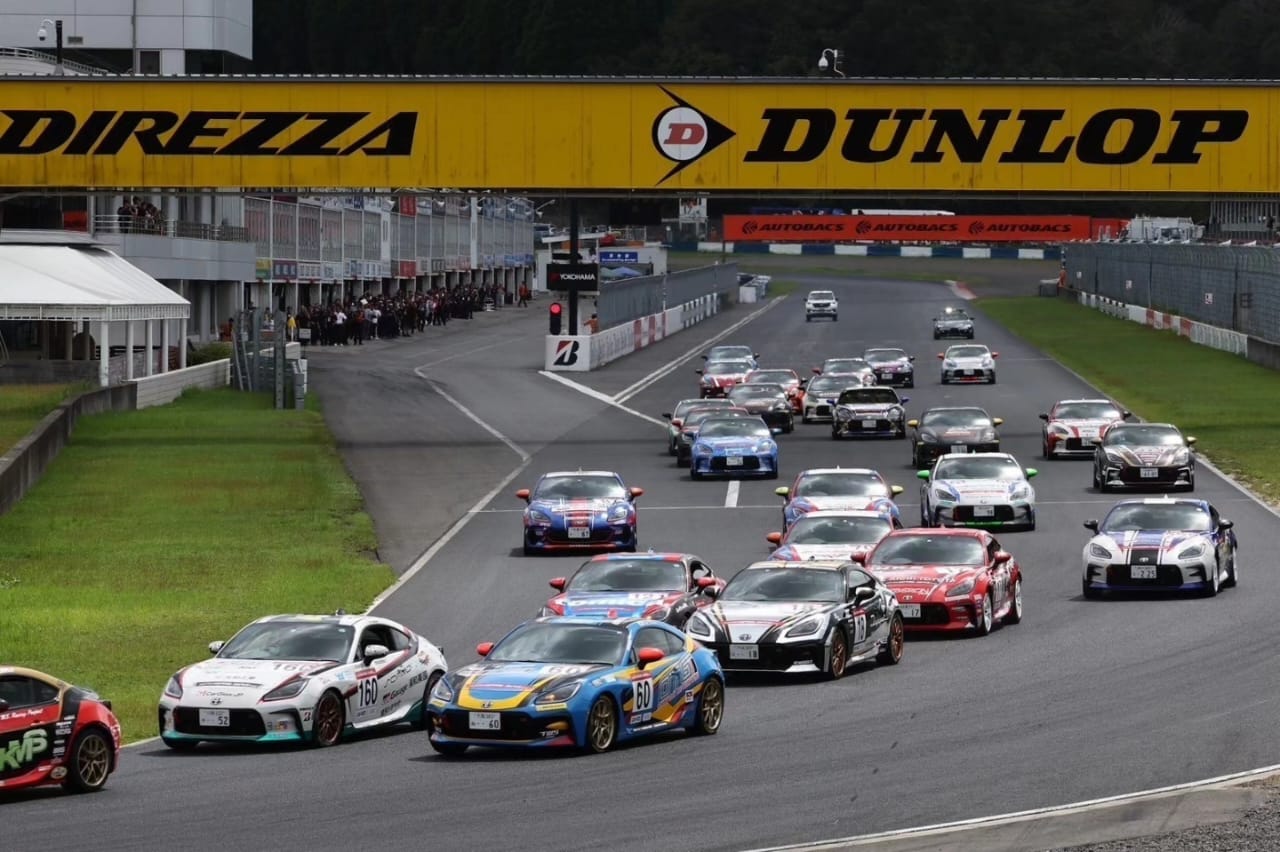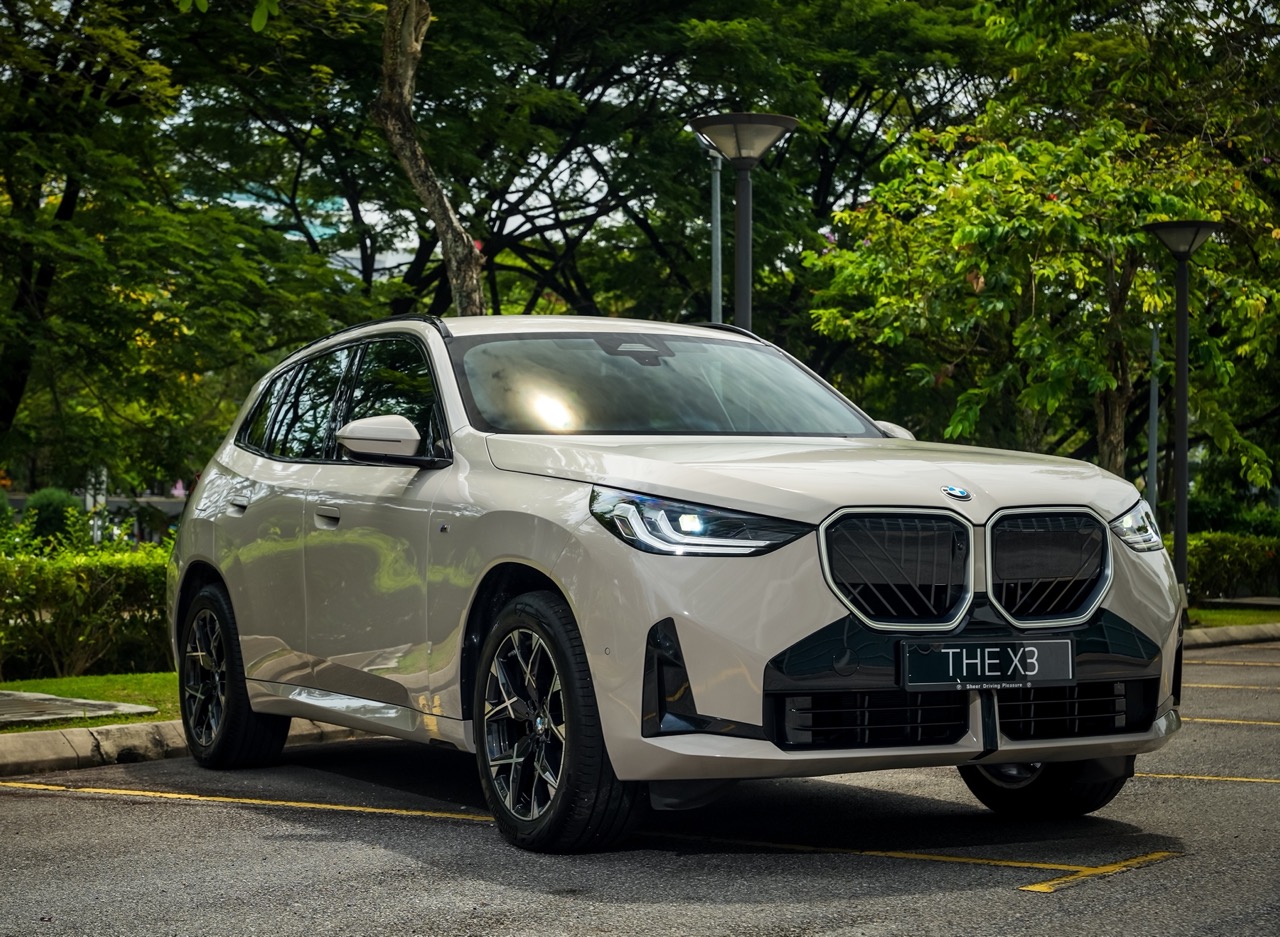Dalam usaha menerajui teknologi automotif masa hadapan, Geely secara rasmi telah memperkenalkan model terbaharu di bawah subjenama Galaxynya, iaitu Galaxy A7 EM-i. Model sedan hibrid plug-in ini hadir dengan gabungan reka bentuk moden, kecekapan bahan api yang luar biasa dan harga yang berpatutan. Ia ditujukan kepada golongan pengguna yang mementingkan teknologi mesra alam, praktikaliti dan nilai untuk wang.
Galaxy A7 EM-i merupakan model bersaiz sederhana yang berada di bawah Galaxy Star 8 EM-i dalam hierarki jenama. Kehadirannya dalam segmen sedan hibrid plug-in ini jelas menunjukkan komitmen Geely dalam menawarkan kenderaan yang memenuhi keperluan pengguna masa kini, khususnya dalam aspek penggunaan tenaga yang cekap dan kos pemilikan yang rendah.
Salah satu ciri paling menonjol bagi model ini ialah keupayaannya menjimatkan bahan api dengan sangat efisien. Menurut ujian dalaman oleh Geely, A7 EM-i hanya menggunakan kurang daripada 2 liter petrol bagi setiap 100 kilometer apabila menggunakan enjin pembakaran dalaman sahaja. Lebih mengagumkan, apabila digabungkan dengan sistem kuasa hibridnya, kereta ini mampu mencatat jarak pemanduan keseluruhan melebihi 2,100 kilometer, menjadikannya antara model paling efisien dalam kelasnya.
Dari sudut penampilan, Galaxy A7 EM-i menampilkan reka bentuk yang anggun dan dinamik, sesuai dengan citarasa pengguna moden. Bahagian hadapannya dihiasi dengan bar lampu LED lebar yang menghubungkan lampu utama tirus, memberikan wajah yang garang dan futuristik.



